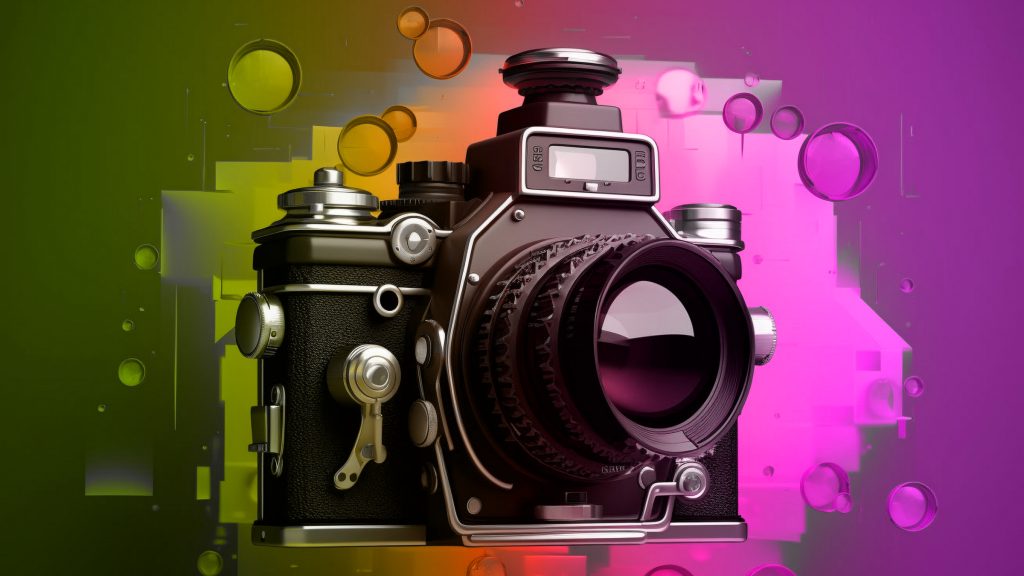
Thanks to Dall-E, Midjourney, Stable Diffusion, Adobe Firefly, AI-generated images are flooding the market, and with that heavy public embrace the algorithmic perfection in the AI art landscape, photographers are rediscovering analog techniques, such as film, cyanotypes, and darkroom printing, reclaiming authenticity.
Kodak is reviving discontinued films, galleries are valuing handmade platinum prints, and analog photography is re-entering the scene as a counter movement to unrestricted AI art and its sterile precision.
Film photography, darkroom printing, and older processes are all experiencing a resurgence, especially with the younger crowd who experience digital saturation. The physicality of these processes allows for a more contemplative and slower process.
Hybrid approaches like scanning film for digital beautification, or even using AI as a mere editing tool, is perceived by photographers as a fusion of traditional craftsmanship with the modernization movement. Be that as it may, with that technological support, the artists would still guarantee to give their clients something no algorithmic touch can replicate: the human touch.
Shooting with film requires intentionality, patience, and skill that qualities that separate human artistry from machine-generated perfection. The organic imperfections of film grain, light leaks, and chemical textures add emotional depth that polished digital outputs often lack hence why one should protect art from AI.
Craftsmanship Overshadowing AI Art with No Restrictions
Multibillion-dollar corporations like Fujifilm and Kodak have battled the analog resurgence with reprising retired stock, and specialty labs still exist. There are opportunities for professionals that AI art landscape creates. Wedding and portrait shooters, for example, can create high-end film-based products that appeal to those wanting more genuine, time-consuming-looking work.
Other than filmmaking, photographers are also embracing historical processes like cyanotypes, platinum printing, and wet plate collodion processes involving hand-coating paper, exposing it in sunlight, and working with toxic chemicals to produce distinctive prints.
These handcrafted prints provide tangible artistic value that such piece’s appeal to collectors and fine art buyers looking for archival-quality work unlike an AI art generator unrestricted which creates unlimited art with no life to it.
Analog and AI Art Playground
Film grain, chemical imperfections, and deliberate composition are salvaging the human artistry that algorithms cannot substitute, nor replicate. No one’s denying the progression of AI generating a literal perfect image in a matter of seconds, but is that really what the world wants? Needs? Another layer of artificial beauty to artistic souls?
AI art with no restrictions is just that. It’s art with perfection but lacking soul. The AI art landscape is pushing photography to rediscover its own imperfections and embrace it as its most valuable asset.
The AI art landscape is embraced by some photographers in a conventional way. Film negatives can be scanned and processed digitally, paving the way for hybrid photography that blends analog warmth with digital flexibility.
AI art direction techniques, when utilized in the right manner, can be employed to help with non-invasive trimming, replicating film grain, as well as automation of color-grading to allow the photographer to maintain creative control.
Photographers will be able to find their niche in a world where automation has gained influence, keeping their foundation in analog processes but using AI art galleries as an add-on. In a world saturated with almost perfect, machine-constructed photographs, protecting art from AI and saving human-made photography may be its savior.
Inside Telecom provides you with an extensive list of content covering all aspects of the tech industry. Keep an eye on our Intelligent Tech sections to stay informed and up-to-date with our daily articles.